

Articles
How To Store Fiddleheads
Modified: December 7, 2023
Learn the best methods for storing fiddleheads with our informative articles. Keep them fresh and delicious throughout the year.
(Many of the links in this article redirect to a specific reviewed product. Your purchase of these products through affiliate links helps to generate commission for Storables.com, at no extra cost. Learn more)
Introduction
Welcome to the world of fiddleheads! If you’re a fan of unique and delicious vegetables, then you’re in for a treat. Fiddleheads are the tender young shoots of certain varieties of ferns, and they have become increasingly popular in the culinary world for their delicate flavor and vibrant appearance. These curly, bright green vegetables are not only a delight to the taste buds but also offer a range of health benefits.
In this article, we will delve into the art of storing fiddleheads to ensure that they remain fresh and flavorful for as long as possible. Proper storage is key to preserving their taste and texture, allowing you to enjoy the unique flavor of these seasonal delicacies long after their limited availability.
Whether you’ve foraged your own fiddleheads or purchased them from a local market, understanding how to properly store them will prolong their shelf life and enhance your culinary experience. So, let’s explore the world of fiddlehead storage and unlock the secrets to keeping them fresh and delicious.
Key Takeaways:
- Embrace the limited season of fiddleheads by choosing, cleaning, and storing them properly to savor their unique flavor and vibrant appearance throughout the year.
- Maximize the freshness and versatility of fiddleheads by boiling, freezing, and storing them, ensuring a delightful culinary experience from start to finish.
Read more: How To Store Store-Bought Bread
What are Fiddleheads?
Fiddleheads are the young, coiled fronds of certain types of ferns. They are harvested in the early spring when they emerge from the ground and before they unfurl into mature ferns. The name “fiddlehead” comes from their resemblance to the spiral shape of the headstock of a violin (also known as a fiddle).
These unique vegetables are not only visually appealing but also offer a distinct and earthy flavor. Fiddleheads are often described as a cross between asparagus and spinach, with a hint of nuttiness. They have a tender texture and a slightly bitter taste, making them a versatile ingredient in various culinary dishes.
Not all ferns produce edible fiddleheads, and it’s important to ensure that you are harvesting or purchasing fiddleheads from safe and edible fern species. The most commonly consumed fiddlehead fern variety is the Ostrich Fern (Matteuccia struthiopteris), known for its delicate taste and appealing appearance.
One of the reasons why fiddleheads are so prized is their limited availability. They are only in season for a short period of time, usually from late April to early June, depending on your location. This limited window creates a sense of anticipation and excitement among food enthusiasts, as they eagerly wait for the arrival of fresh fiddleheads in the market.
Now that we’ve familiarized ourselves with what fiddleheads are, let’s explore the importance of proper storage to preserve their freshness and flavor.
Why is Proper Storage Important?
Proper storage is essential when it comes to fiddleheads. These delicate vegetables have a short shelf life and can spoil quickly if not stored correctly. By understanding the importance of proper storage, you can ensure that your fiddleheads stay fresh and maintain their taste and texture for as long as possible.
One of the primary reasons for proper storage is to prevent spoilage and maintain food safety. Fiddleheads are highly perishable and can harbor bacteria and microorganisms if not handled and stored correctly. Proper storage practices help minimize the risk of foodborne illnesses, ensuring that you can enjoy your fiddleheads without any concerns.
In addition to food safety, proper storage also helps preserve the unique flavor and delicate texture of fiddleheads. When stored improperly, fiddleheads can become wilted and lose their vibrant green color. They can also develop a slimy texture, which is unappetizing and affects the overall taste and eating experience.
Furthermore, fiddleheads are at their best when they are fresh. Their flavor is the most vibrant and their texture is the most tender when consumed shortly after harvesting. Proper storage techniques help to extend their freshness, allowing you to enjoy the flavors and textures of freshly picked fiddleheads even days or weeks after they have been harvested.
By investing a little effort into proper storage, you can maximize the lifespan of your fiddleheads and reduce waste. This is particularly important during the short fiddlehead season when their availability is limited. Proper storage techniques not only save you money but also allow you to savor the unique taste of fiddleheads for a longer period of time.
In the next sections of this article, we will explore the best practices for choosing fresh fiddleheads, as well as tips for cleaning, boiling, freezing, and storing both cooked and raw fiddleheads. These guidelines will help you make the most of your fiddlehead culinary adventures.
Choosing Fresh Fiddleheads
When it comes to fiddleheads, freshness is key. Choosing the freshest fiddleheads ensures that you start with the best quality vegetables, which will ultimately translate into a more delicious and enjoyable culinary experience. Here are some tips to help you pick the freshest fiddleheads:
- Appearance: Look for fiddleheads that are bright green in color. Avoid fiddleheads that appear wilted, discolored, or have brown spots. Fresh fiddleheads should have tightly coiled fronds with no signs of unfurling.
- Firmness: Gently squeeze the fiddleheads to check for firmness. They should feel crisp and have a slight resistance when pressed. If they feel soft or mushy, they may be past their prime.
- Size: Opt for medium-sized fiddleheads, as they tend to be more tender and have a better flavor. Oversized fiddleheads can be tough and have a slightly bitter taste.
- Source: If possible, choose fiddleheads that are sourced locally or from reputable suppliers. Local fiddleheads are likely to be fresher since they don’t have to travel long distances to reach you. Additionally, purchasing from reputable suppliers ensures that you are getting high-quality fiddleheads that have been handled properly.
- Seasonality: Fiddleheads have a specific season, usually in the springtime. It’s best to buy them when they are in season to ensure their freshness and availability. If you’re unsure about the fiddlehead season in your area, check with local farmers’ markets or specialty grocers.
Remember, fiddleheads are a seasonal delicacy, so it’s important to seize the opportunity when they are available. By following these guidelines, you can select the freshest fiddleheads and set the stage for a delicious culinary adventure.
Cleaning Fiddleheads
Before preparing fiddleheads for cooking, it’s crucial to clean them thoroughly. Fiddleheads often contain residual dirt, debris, or tiny insects, so cleaning is an important step to ensure their safety and optimal taste. Here’s a step-by-step guide on how to clean fiddleheads:
- Trimming: Start by trimming off the brown ends of the fiddleheads. Use a sharp knife or scissors to remove any dry or discolored portions. This will not only improve the appearance of the fiddleheads but also help remove any impurities.
- Rinsing: Rinse the fiddleheads under cold running water. Gently rub each fiddlehead to remove any remaining dirt or debris. You can also use a soft-bristle brush to scrub off any stubborn particles. Continue rinsing until the water runs clear.
- Soaking: Fill a large bowl with cold water and immerse the fiddleheads in it. Allow them to soak for about 5-10 minutes. This step helps to loosen any remaining dirt or insects that may be hidden in the crevices of the fiddleheads.
- Rinsing again: After soaking, remove the fiddleheads from the water and rinse them under cold running water one more time. This final rinse will ensure that any loosened dirt or impurities are completely removed.
- Drying: Gently pat the fiddleheads dry with a clean kitchen towel or paper towels. It’s important to remove excess moisture to prevent them from becoming soggy when cooked.
Following these cleaning steps will help you eliminate any unwanted elements from your fiddleheads and ensure that they are safe and ready for cooking. It’s important to note that fiddleheads should always be cooked before consumption, as they are not meant to be eaten raw.
Now that your fiddleheads are cleaned and ready to go, let’s explore the various cooking methods and storage options to make the most of these delectable vegetables.
Read more: How To Store Basil From Grocery Store
Boiling Fiddleheads
Boiling is a common method of cooking fiddleheads, as it helps to soften their texture and remove any bitterness. Here’s a step-by-step guide on how to boil fiddleheads:
- Preparation: Before boiling, make sure your fiddleheads are trimmed and cleaned according to the guidelines we discussed earlier. This ensures that they are ready for cooking.
- Boiling Water: Fill a large pot with water and bring it to a boil. You’ll need enough water to fully submerge the fiddleheads. Adding salt to the water is optional but can enhance the flavor of the fiddleheads.
- Add Fiddleheads: Once the water is boiling, carefully add the fiddleheads to the pot. Make sure they are fully submerged in the boiling water and not overcrowded. This will help them cook evenly.
- Cooking Time: Boil the fiddleheads for about 8-10 minutes. The exact cooking time may vary depending on the size and freshness of the fiddleheads. To check for doneness, pierce a fiddlehead with a fork. It should be tender with a slight crunch.
- Drain and Cool: Once cooked, immediately drain the boiled fiddleheads and rinse them under cold running water. This helps to stop the cooking process and cool them down. This step also helps to retain their vibrant green color.
- Serve or Store: Your boiled fiddleheads are now ready to be enjoyed in various dishes. They can be added to salads, stir-fries, pasta dishes, or simply seasoned with butter and spices. If not using immediately, you can store them by following the storage methods we will discuss in the next sections.
Boiling fiddleheads is a simple and effective way to cook them while maintaining their unique taste and texture. Whether you’re using them as a standalone side dish or incorporating them into a recipe, boiled fiddleheads make a delightful and nutritious addition to your meals.
In the next sections, we will explore methods for freezing and storing both cooked and raw fiddleheads, allowing you to enjoy these seasonal delicacies even after their limited availability period.
After purchasing fiddleheads, store them in a paper bag in the refrigerator. Make sure to use them within 2-3 days for the best flavor and texture.
Freezing Fiddleheads
If you want to enjoy fiddleheads beyond their limited season, freezing is an excellent option. Freezing fiddleheads allows you to preserve their freshness and taste for an extended period. Here’s how you can freeze fiddleheads:
- Preparation: Start by blanching the fiddleheads. Blanching helps to partially cook the fiddleheads and preserves their color, texture, and flavor. Bring a large pot of water to a boil and add the fiddleheads. Boil them for about 2-3 minutes.
- Ice Bath: Once blanched, quickly transfer the fiddleheads to an ice bath to cool them down rapidly. This will stop the cooking process and help to retain their vibrant green color.
- Drain and Dry: Remove the fiddleheads from the ice bath and drain them well. Pat them dry with a clean kitchen towel or paper towels to remove excess moisture. Dry fiddleheads are ideal for freezing, as it helps prevent the formation of ice crystals.
- Portioning and Packaging: Divide the fiddleheads into desired portion sizes. Place each portion into a freezer-safe bag or airtight container. Squeeze out any excess air before sealing the packaging. Label the bags or containers with the date for reference.
- Freezing: Place the packaged fiddleheads in the freezer and ensure they are kept in a level position. Lay them flat if using bags or stack them neatly if using containers. This will help save space and prevent the fiddleheads from getting crushed or damaged.
- Freezer Shelf Life: Fiddleheads can be stored in the freezer for up to 6-8 months. After this time, their quality may start to deteriorate.
- Thawing and Cooking: When you’re ready to use the frozen fiddleheads, simply remove the desired portion from the freezer and thaw them in the refrigerator overnight. Once thawed, they can be used in various recipes or cooked using your preferred method.
By following these steps, you can freeze fiddleheads and enjoy their unique taste and texture even when they are out of season. Frozen fiddleheads can be a convenient and delicious addition to your meals throughout the year.
In the following sections, we will explore methods for storing both cooked and raw fiddleheads, providing you with options to extend their shelf life and versatility in your culinary endeavors.
Storing Cooked Fiddleheads
If you have leftover cooked fiddleheads that you want to store for future use, proper storage is essential to maintain their flavor and texture. Here’s how you can store cooked fiddleheads:
- Cooling: Allow the cooked fiddleheads to cool completely before storing them. Leaving them at room temperature for about an hour is usually sufficient.
- Portioning: Divide the cooked fiddleheads into individual or desired portion sizes. This will make it easier to thaw and use them later without having to defrost the entire batch.
- Storage Containers: Place the cooked fiddleheads in airtight containers or resealable bags. Ensure that the containers are specifically designed for freezer storage, as they help prevent freezer burn and keep the fiddleheads well-preserved.
- Label: Label the storage containers or bags with the date of preparation. This allows you to keep track of their freshness and use them within a reasonable time frame.
- Freezing: Transfer the containers or bags to the freezer. Store them in a level position to prevent leakage and maintain the integrity of the fiddleheads. Make sure to leave some headspace in the containers or squeeze out any excess air from the bags before sealing.
- Freezer Shelf Life: Cooked fiddleheads can be stored in the freezer for up to 3-4 months. While they may still be safe to eat beyond this timeframe, their quality may begin to deteriorate over time.
- Thawing and Reheating: When you’re ready to use the cooked fiddleheads, remove the desired portion from the freezer and thaw them in the refrigerator overnight. Once thawed, you can directly incorporate them into recipes or reheat them using your preferred cooking method.
By following these steps, you can store your cooked fiddleheads safely and enjoy their flavors and textures later on. Proper storage of cooked fiddleheads prevents spoilage and waste, allowing you to make the most of your culinary creations.
In the next section, we will explore methods for storing raw fiddleheads so that you can enjoy their freshness whenever you desire.
Storing Raw Fiddleheads
If you have freshly harvested or purchased raw fiddleheads that you want to store for a later time, proper storage is essential to maintain their freshness and quality. Here’s how you can store raw fiddleheads:
- Cleaning and Trimming: Start by cleaning the fiddleheads thoroughly using the steps we discussed earlier. Trim off any brown ends and remove any wilted or discolored fronds.
- Moisture Control: Fiddleheads tend to retain moisture, so it’s important to keep them dry during storage. Pat them dry with a clean kitchen towel or paper towels to remove excess moisture, which can cause them to become slimy and develop off-flavors.
- Storage Container: Place the dry fiddleheads in a perforated or breathable container, such as a plastic bag with small holes or a ventilated container. This helps to maintain air circulation and prevent the fiddleheads from becoming damp or rotting.
- Refrigerator Shelf Life: Raw fiddleheads can be stored in the refrigerator for up to 5-7 days. It’s best to use them as soon as possible to enjoy their optimal freshness and taste.
- Location in Refrigerator: Store the container of fiddleheads in the vegetable crisper drawer or the coldest part of your refrigerator to maintain a consistent temperature and humidity level.
- Check for Spoilage: Regularly check the stored fiddleheads for any signs of spoilage, such as mold or a foul odor. Discard any fiddleheads that show signs of deterioration.
By following these steps, you can store raw fiddleheads and enjoy their crispness and unique flavors at a later time. However, it is worth noting that fiddleheads are best enjoyed when they are fresh, so it’s recommended to use them as soon as possible for the best culinary experience.
Now that you know how to store both cooked and raw fiddleheads, you can fully appreciate the flavors and versatility of these seasonal delicacies. Whether you choose to boil, freeze, or store them raw, fiddleheads add a delightful touch to your meals and elevate your culinary adventures.
Read more: How To Store Jordans
Tips for Handling and Storing Fiddleheads
To make the most of your fiddlehead experience, it’s important to handle and store them properly. Here are some tips to ensure the best results:
- Handle with Care: Fiddleheads are delicate vegetables, so handle them gently to avoid bruising or damaging their fronds. This will help maintain their appearance and texture.
- Store Immediately: If you’re not planning to cook or consume fiddleheads immediately after purchasing or harvesting, it’s important to store them promptly. Leaving them at room temperature for too long can cause them to wilt and lose their freshness.
- Don’t Wash Before Storage: It’s best to avoid washing fiddleheads before storage. Excess moisture can promote spoilage. Clean them thoroughly only when you’re ready to cook or prepare them.
- Store Separately: If you’re storing different types of vegetables in the same refrigerator, it’s a good idea to store fiddleheads separately. This helps to prevent cross-contamination and preserve their unique flavors.
- Rotate and Use First-In-First-Out: When storing multiple batches of fiddleheads, practice the first-in-first-out principle. Consume the oldest batch first and rotate the newer ones to the front to ensure they are used before their shelf life expires.
- Inspect Regularly: Whether storing raw or cooked fiddleheads, regularly inspect them for signs of spoilage. Discard any fiddleheads that appear moldy, slimy, or have a foul odor.
- Experiment with Preservation Methods: While freezing is a popular method for preserving fiddleheads, you can also explore other preservation techniques like pickling or fermenting. These methods can add unique flavors and extend the shelf life of your fiddleheads.
- Follow Storage Guidelines: It’s essential to follow the specific storage instructions for each preservation method. This ensures that your fiddleheads are stored at the correct temperature and in the appropriate conditions to maintain their quality.
By following these tips, you can handle and store fiddleheads properly, maximizing their freshness and flavor. Whether you’re a fan of boiled fiddleheads, frozen treats, or raw preparations, these tips will help you enjoy these delectable vegetables to the fullest.
Now, armed with this knowledge, go forth and savor the deliciousness of fiddleheads throughout their limited season and beyond!
Conclusion
Fiddleheads, with their unique flavor and vibrant green appearance, are a true culinary delight. From their limited availability to their delicate texture, fiddleheads offer a one-of-a-kind experience for food enthusiasts. To fully enjoy and prolong the freshness of these seasonal delicacies, proper storage is paramount.
In this article, we explored the art of storing fiddleheads, starting from choosing fresh ones to cleaning, boiling, freezing, and storing both cooked and raw fiddleheads. By following the guidelines outlined, you can ensure that your fiddleheads stay fresh, safe to consume, and ready to be used in a variety of delicious dishes.
Remember to choose fiddleheads that are bright green, firm, and sourced from reputable suppliers. Clean them thoroughly before cooking, ensuring they are free from dirt and impurities. Boil them to the desired tenderness and freeze them if you want to enjoy fiddleheads beyond their short season.
Furthermore, when storing cooked fiddleheads, make sure they are cooled properly before portioning and freezing. Label and date the containers to keep track of their freshness. For raw fiddleheads, keep them dry and store them in breathable containers in the refrigerator for a limited time.
Lastly, we provided tips for handling and storing fiddleheads, such as handling them gently, storing them separately from other vegetables, and inspecting them regularly for spoilage. These tips will help maintain the quality and flavor of your fiddleheads, ensuring a delightful culinary experience.
So, whether you’re a seasoned fiddlehead aficionado or exploring these unique vegetables for the first time, you now have the knowledge and techniques to store them properly and extend their enjoyment throughout the year.
Now, go forth and embrace the wonderful world of fiddleheads, savoring their delicate flavor and adding a touch of springtime to your meals!
Frequently Asked Questions about How To Store Fiddleheads
Was this page helpful?
At Storables.com, we guarantee accurate and reliable information. Our content, validated by Expert Board Contributors, is crafted following stringent Editorial Policies. We're committed to providing you with well-researched, expert-backed insights for all your informational needs.






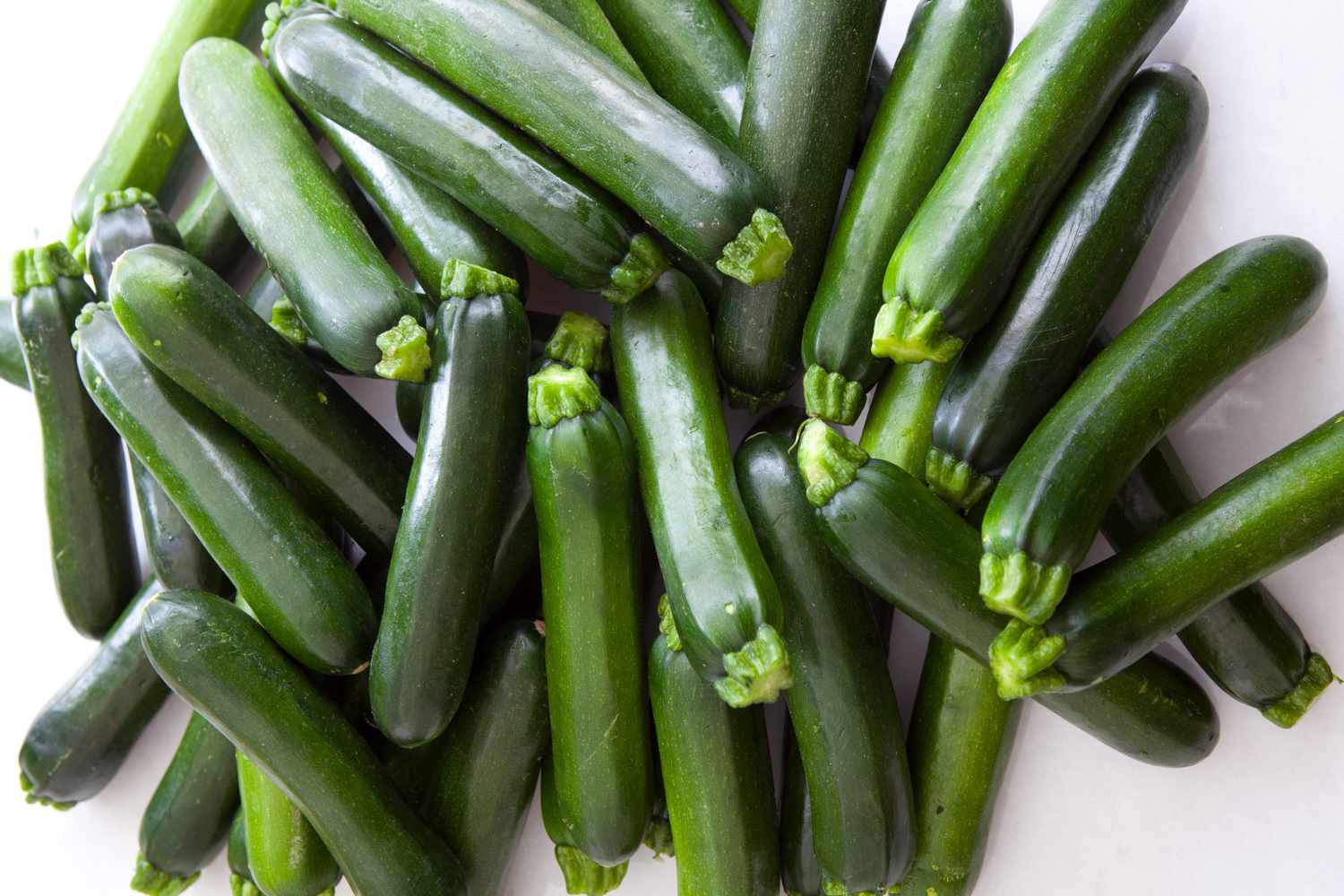

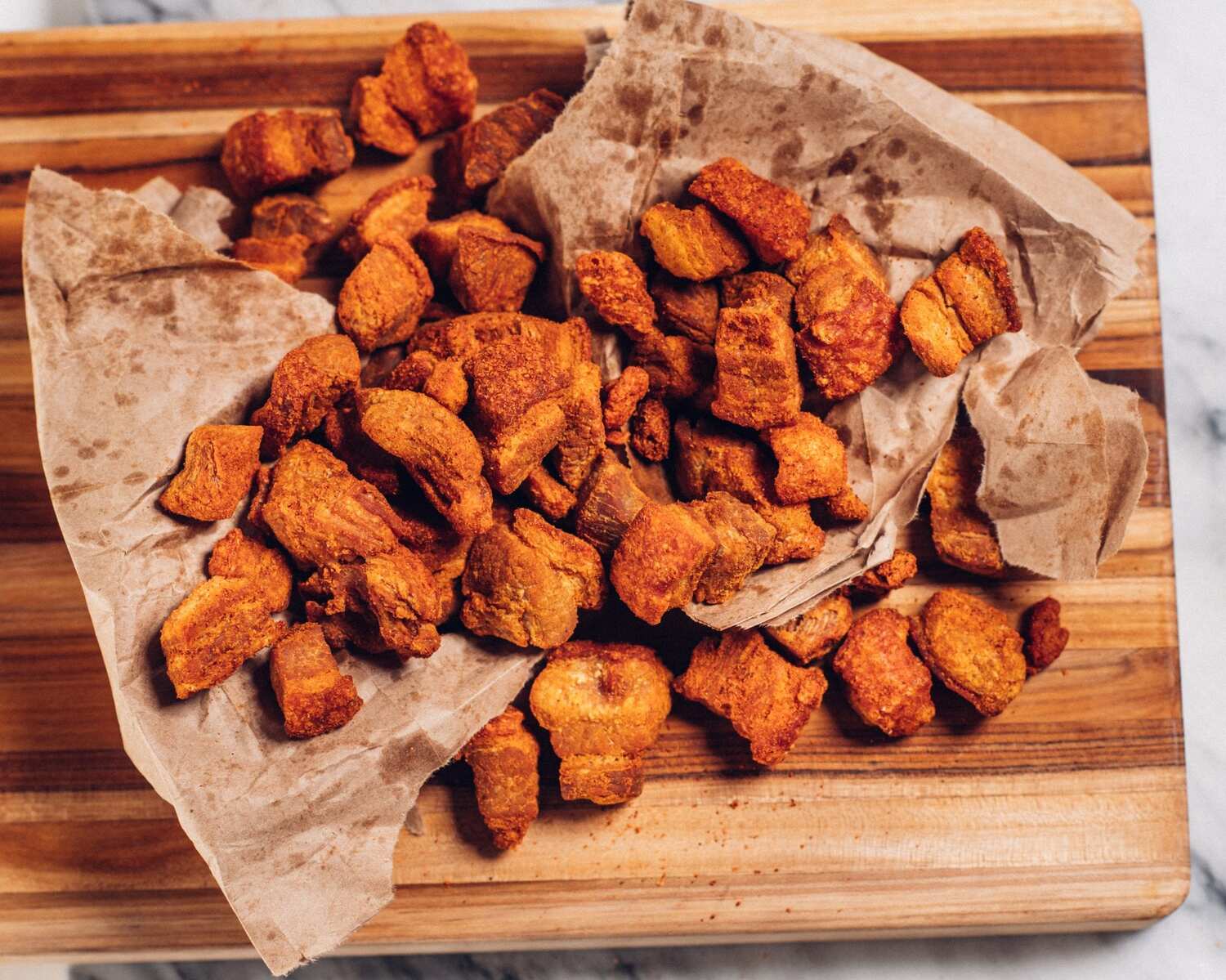
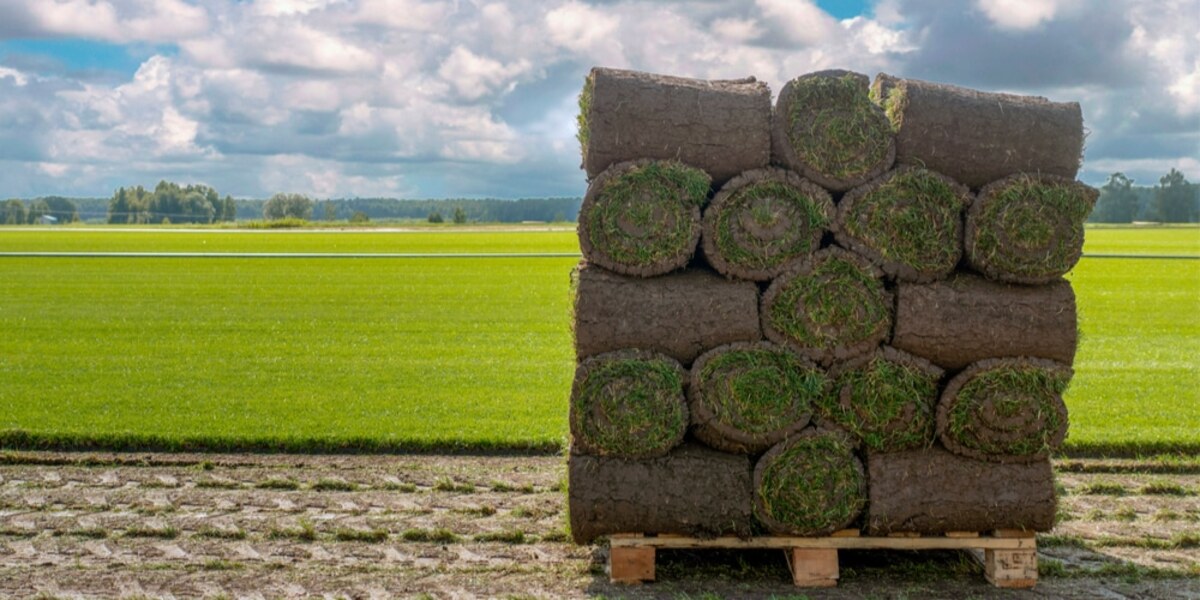
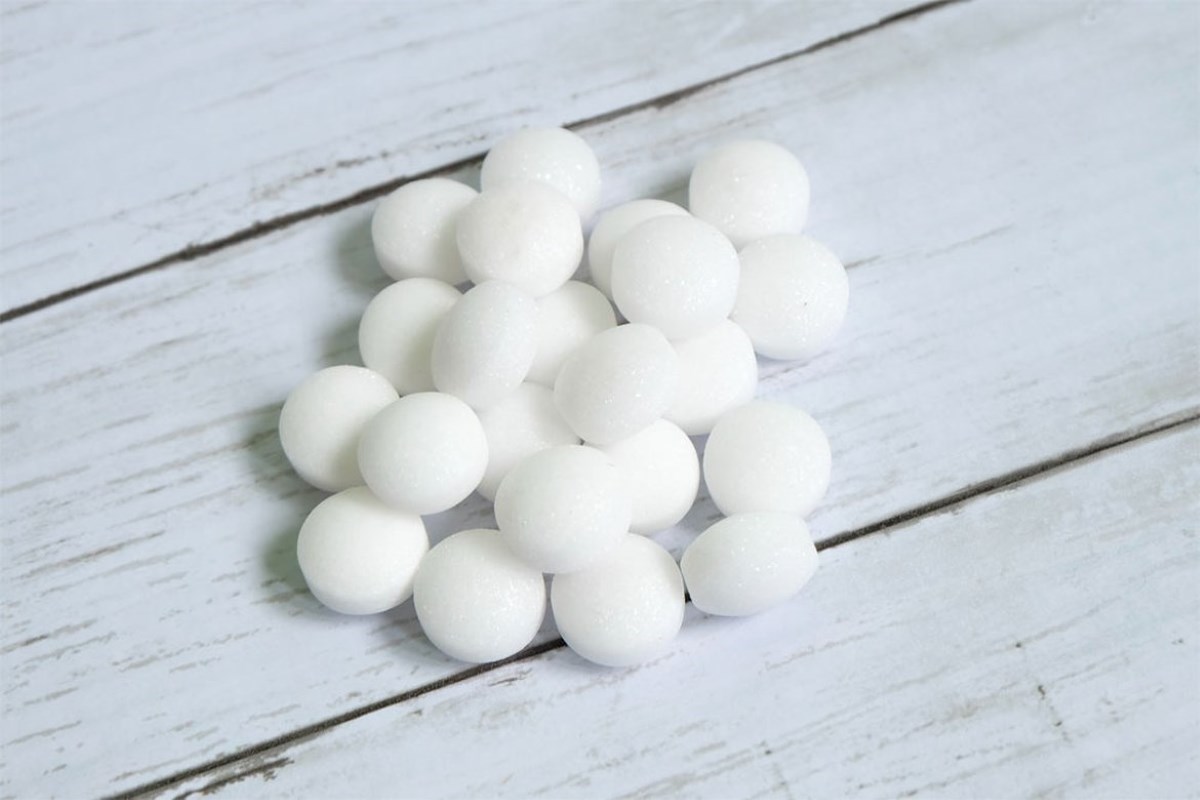
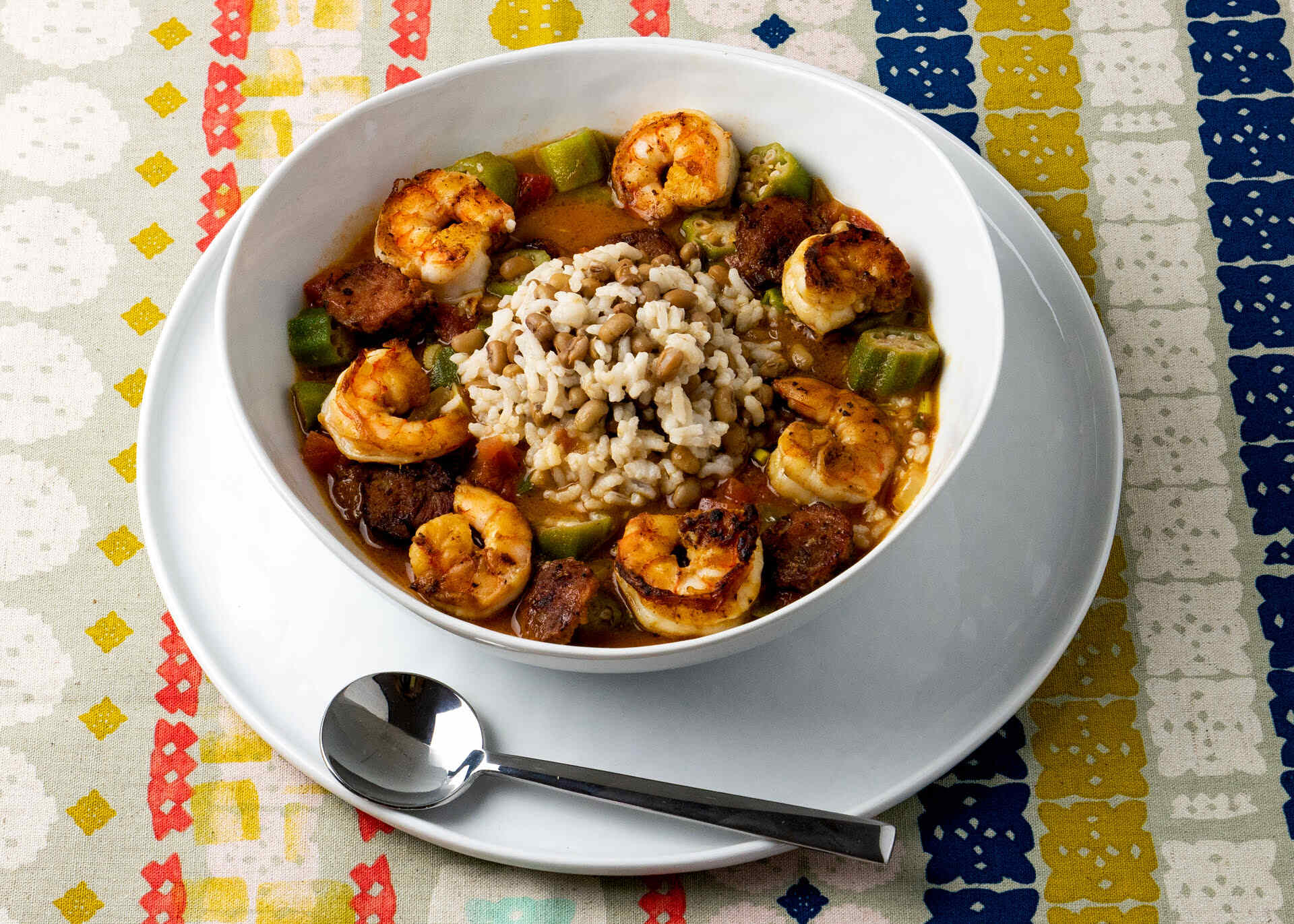


0 thoughts on “How To Store Fiddleheads”